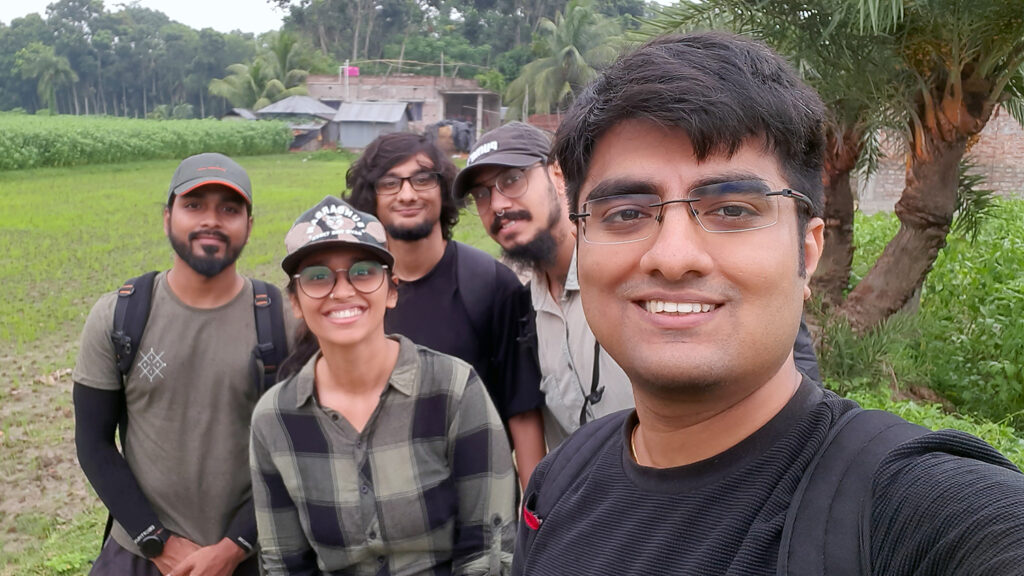Parmadan requires no introduction to a birding enthusiast in Calcutta, especially after this year. I guess everybody who could crawl, walk, drive, or board a train, has been to the Parmadan forest in Bengal. But for those who haven’t: Parmadan forest is near Bongaon, just beside the Bangladesh border. A part of it is now a wildlife sanctuary named after Bibhutibhushan Bandhopadhyay. There are some things to unpack here before we get to the point, so bear with me.
Bibhutibhushan Bandhopadhyay was a Bengali author who penned some epic novels, which include “Pather Panchali”, immortalized by Ray as a movie. Young kids who studied in a school affiliated with the ICSE board had it in their syllabus. Bandhopadhyay’s other works like “Aparajito” and “Aranyak” also showcase his deep-rooted connection to nature. “Aranyak ” (The Wilderness), in particular, delves into the beauty of the forests and wildlife in rural Bengal.
How to reach Bongaon? I am told there is public transport from the Bongaon station. You could also drive there and if you do, you’d know how developed the roadways in Bengal are.
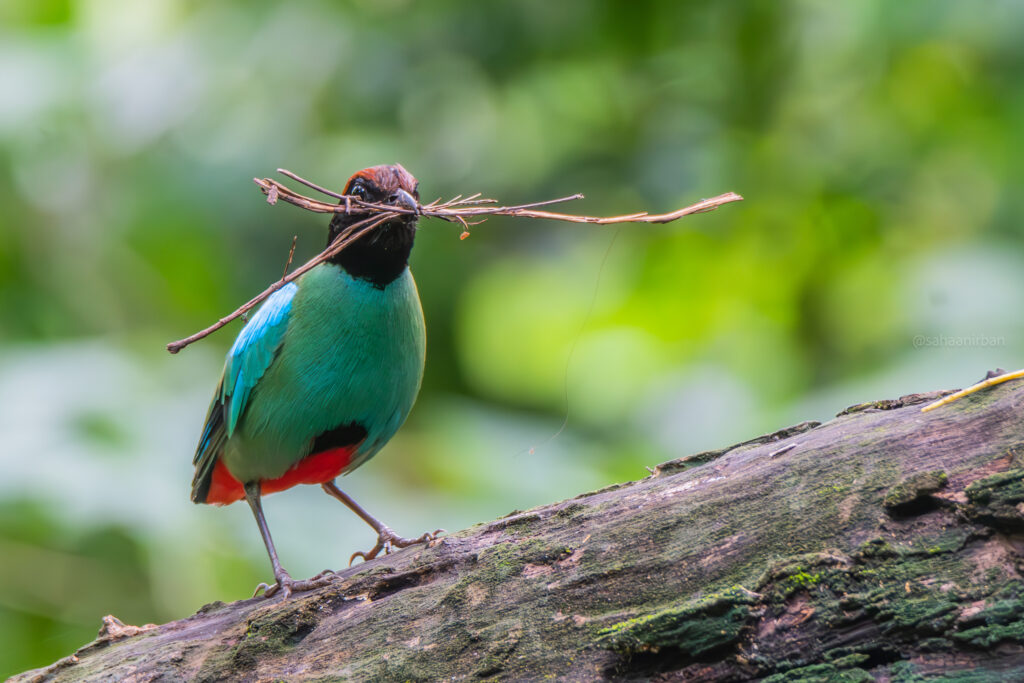
What birds would you find there? Well, it is now famous for the Hooded Pitta. Hooded Pitta is a bird from Southeast Asia and they come to this region during their breeding season. They find suitable nesting sites and establish territories during the summer in Bengal. You could also find the Brown fish owl, Brown Boobook. Other birds include the Common Iora, Spotted Owlet, Streak-throated Woodpecker, and Fulvous-breasted Woodpecker.
Samudranil is Souranil’s friend from his school and is also into birding. He did his Master’s in Statistics and came back to Calcutta. Currently, he is working on ecological data and possibly a Ph.D. topic. After he came back to Calcutta, he kept pushing me out of my home especially during the weekend to photograph birds. I am very regular at birding and all thanks to him.
While I saw people going crazy over the Hooded Pitta, I was not amused because the bird does not have bright colors and I do not find the bird cute. Saudranil found the bird interesting and started gathering information from Facebook groups and our friend Siddharth. He convinced Rohit, Ritika, and Suhrid to come along. Rohit agreed to drive. I was a little confused because I have got a pup and I did not know if I should have left her in the home. But Samudranil was going a little crazy and I had to oblige. PS: I also found Boobook cute. No sooner did I agree than did Samudranil create a WhatsApp group named “Adventures of the Parmadan”; and adventure it was.
We started at around six-thirty in the morning and soon reached the forest. It was the morning after a storm and we found trees on the street. For once did we decide to move the logs ourselves but then we realized we can really not. We couldn’t find the gate of the sanctuary and decided to ask the locals. The locals made us park the car on a playground and mentioned that it was a five minutes walk to the gate. For starters, it wasn’t a five-minute walk and it was more than just a casual walk; we walked across fields, over a wobbly bamboo bridge, and through the middle of a cow shed with big cows.
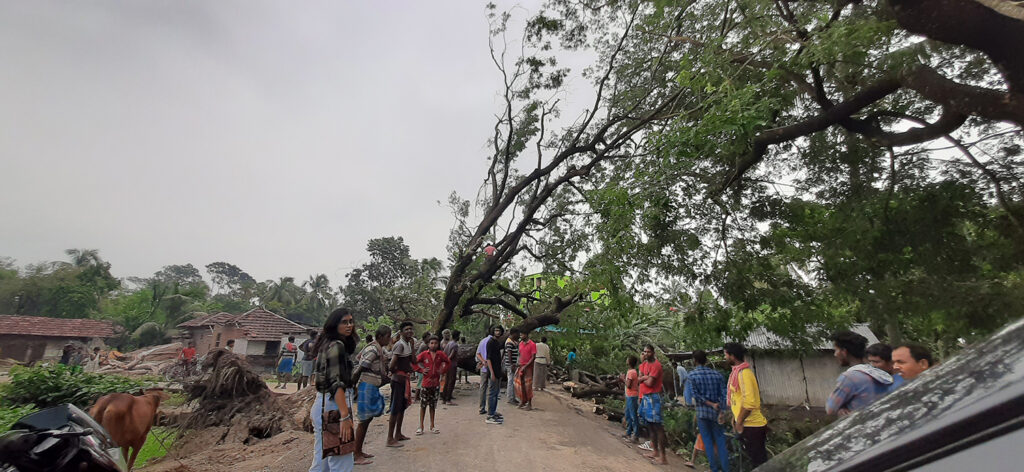
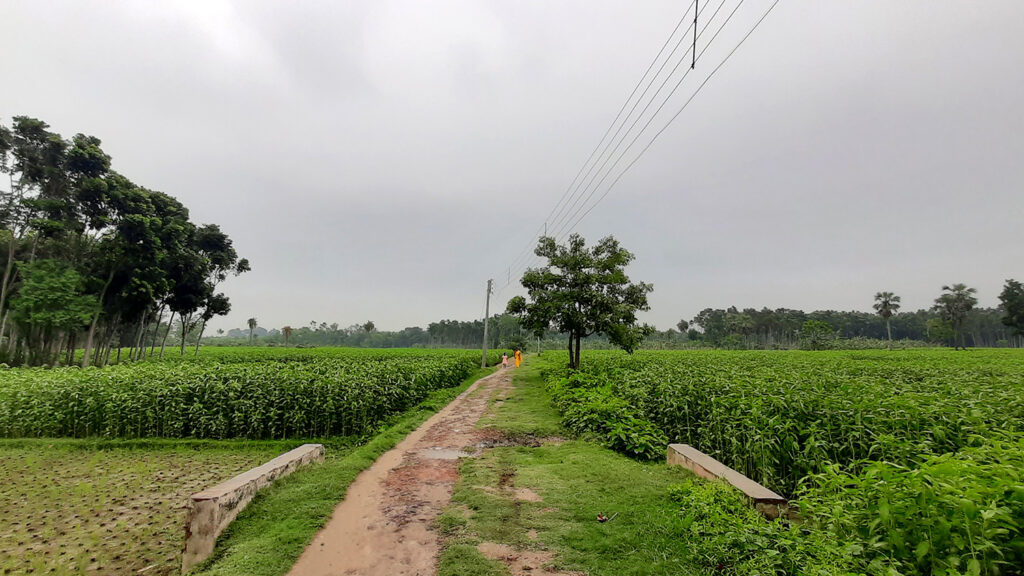
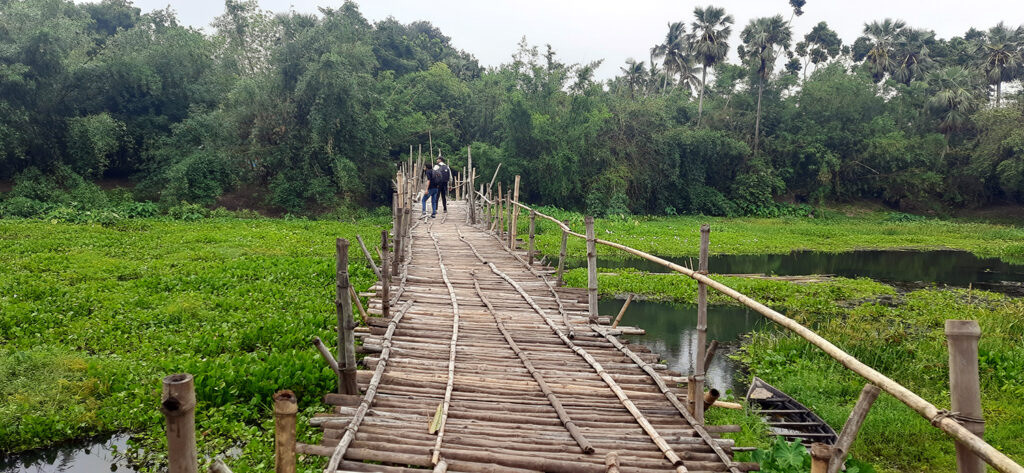
When we got to the sanctuary, we bought tickets and got in. We explored a bit by ourselves and then I came across a few acquaintances of mine who guided us to the place other photographers were, ermm, to where the Hooded Pitta was. The photographers there were flirting with the line that separates right from wrong in bird photography. I decided to not be a part of the craze.
We really need to talk about the ethical practices of birding here but I know a lot of people do not care. I saw photographers going crazy when the Pitta called back. One flew away and another was just nearby. Disregarding the Indian law which prohibits playing recorded calls, some people standing at different spots around the bird, played them. The bird was confused and came out in the open on a higher branch. That created pandemonium. I realized most people just want a photograph of the bird for their personal vanity and they really do not care about the bird, their habitat, or their conservation. As recently as yesterday, I got to know that one of the nests of the Hooded Pitta got trampled over and destroyed by ignorant photographers.
Most of the photographers got at least one shot of the bird and decided to call it a day. Soon the entire forest was left to a really few people. There was a group of three really well-behaved old people. I was really impressed by the way they conducted themselves. I decided to strike up a conversation with them. Turns out, they are either doctors or researchers in the field of medicine. While I was talking with them and photographing the Indian Cuckoo, a Hooded Pitta landed on the ground beside the wired fence. Well, it was a little far. Suhrid got a hint of the Pitta’s path and decided to stay there to notice the Pitta.
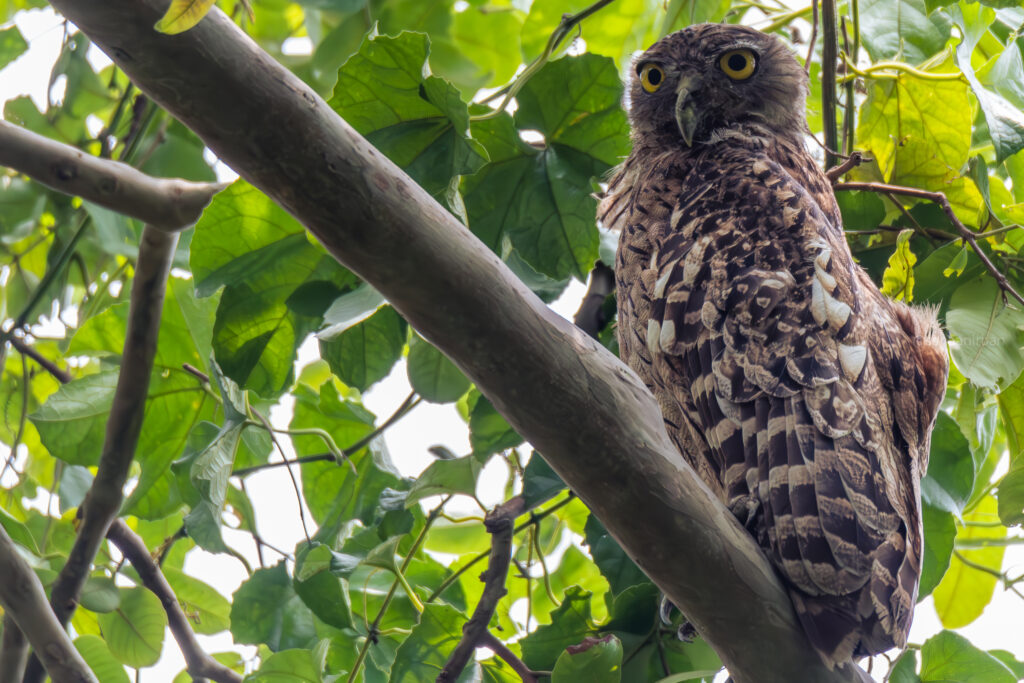
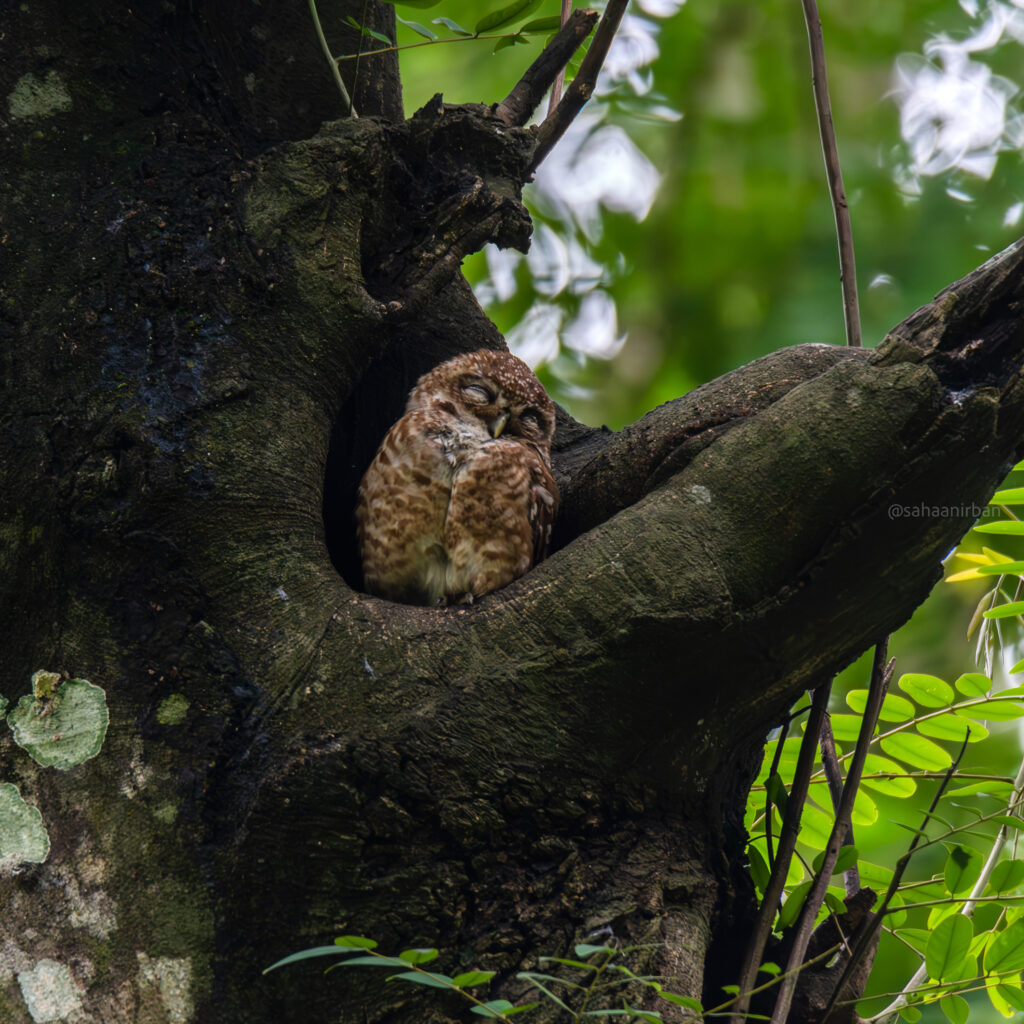
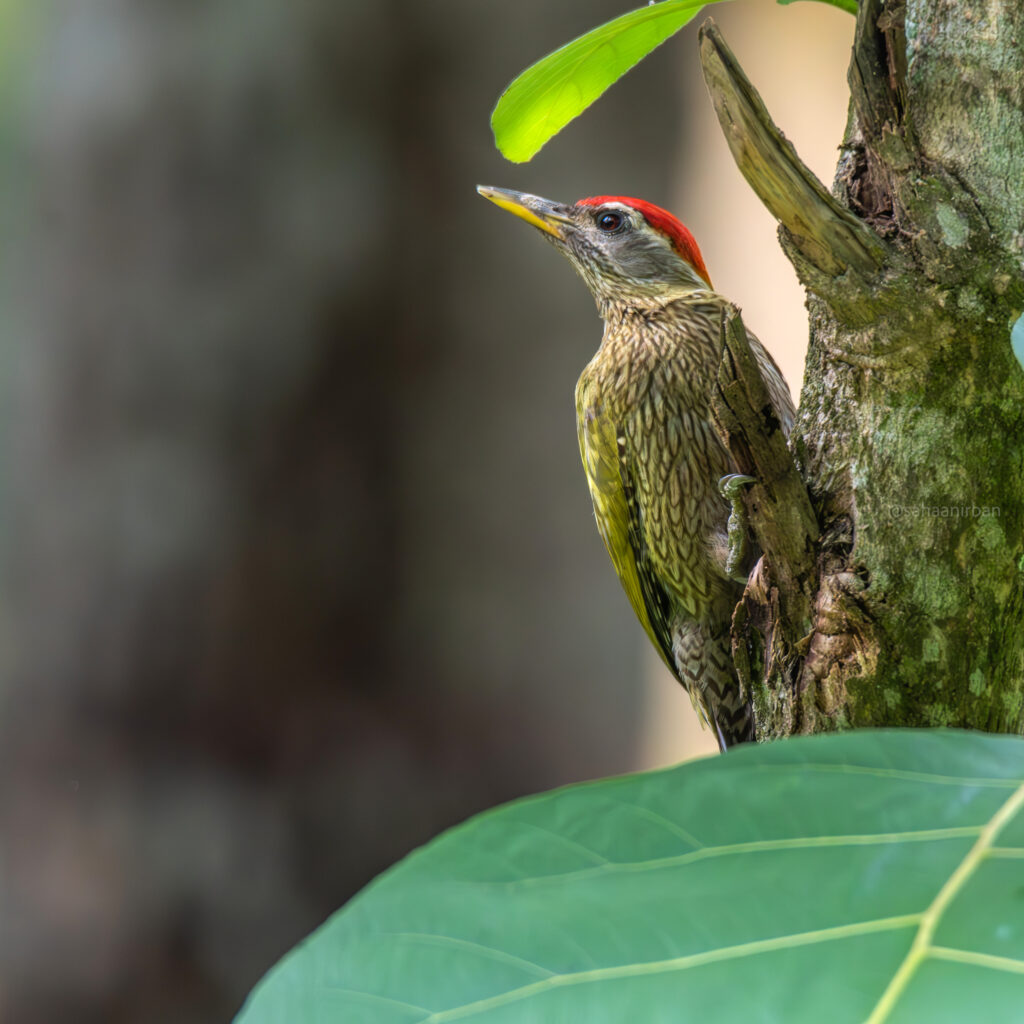
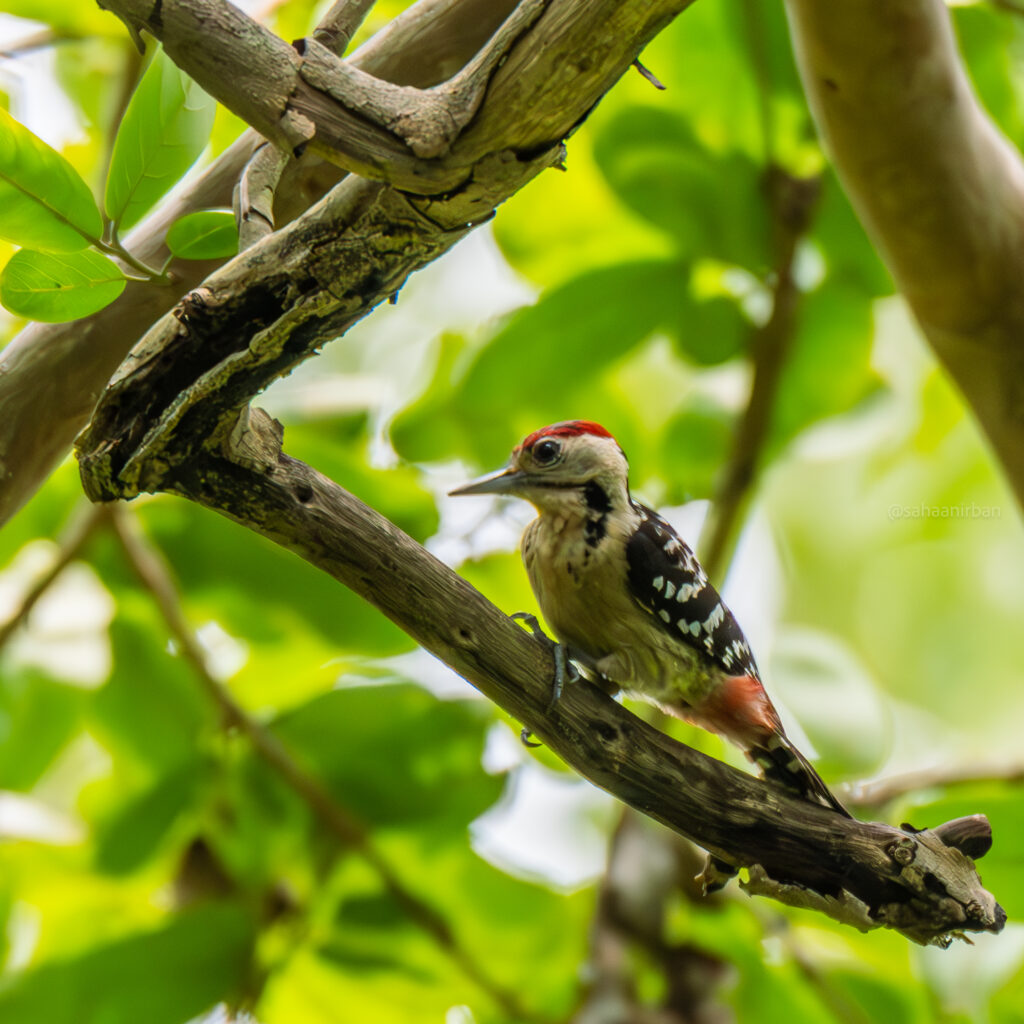
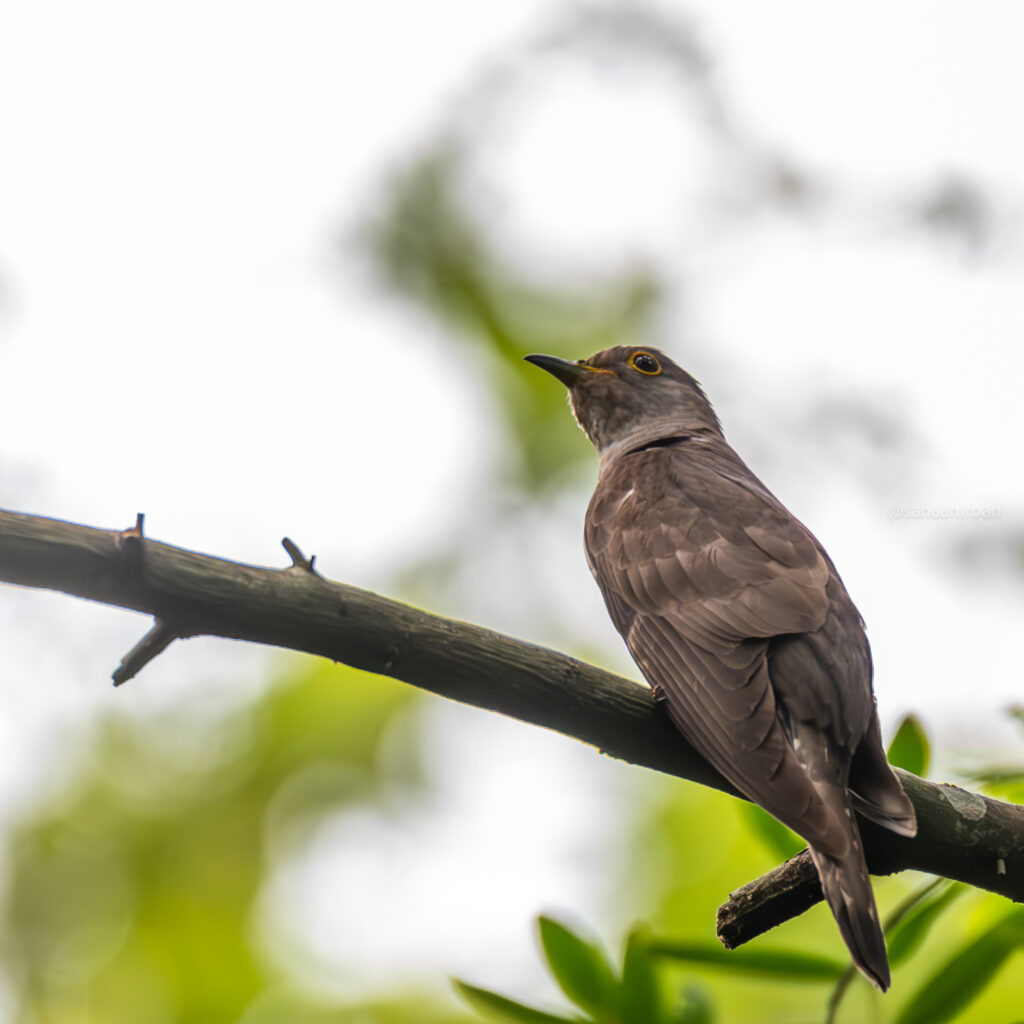
The rest of us left to search for other birds, especially the Brown Boobook. While entering the denser part of the forest, a group of three boys mentioned that there are snakes in the region and it is perhaps for the best if we do not venture out there. Samudranil was not convinced. I started believing in God right away and decided to tag along. Samudranil went around the pond, followed by Rohit, Ritika, and me. He couldn’t find the bird and was crestfallen. I was confused between being sad for not seeing the Boobook and being scared of the possible snakes. Since it was already around two in the afternoon, we decided to head back. When we were leaving the pond, we heard the call of the Boobook. We followed the call and reached a place where we realized there was no point. We saw a Boobook being chased around by three Drongos. “Stupid Drongos”, I said to myself.
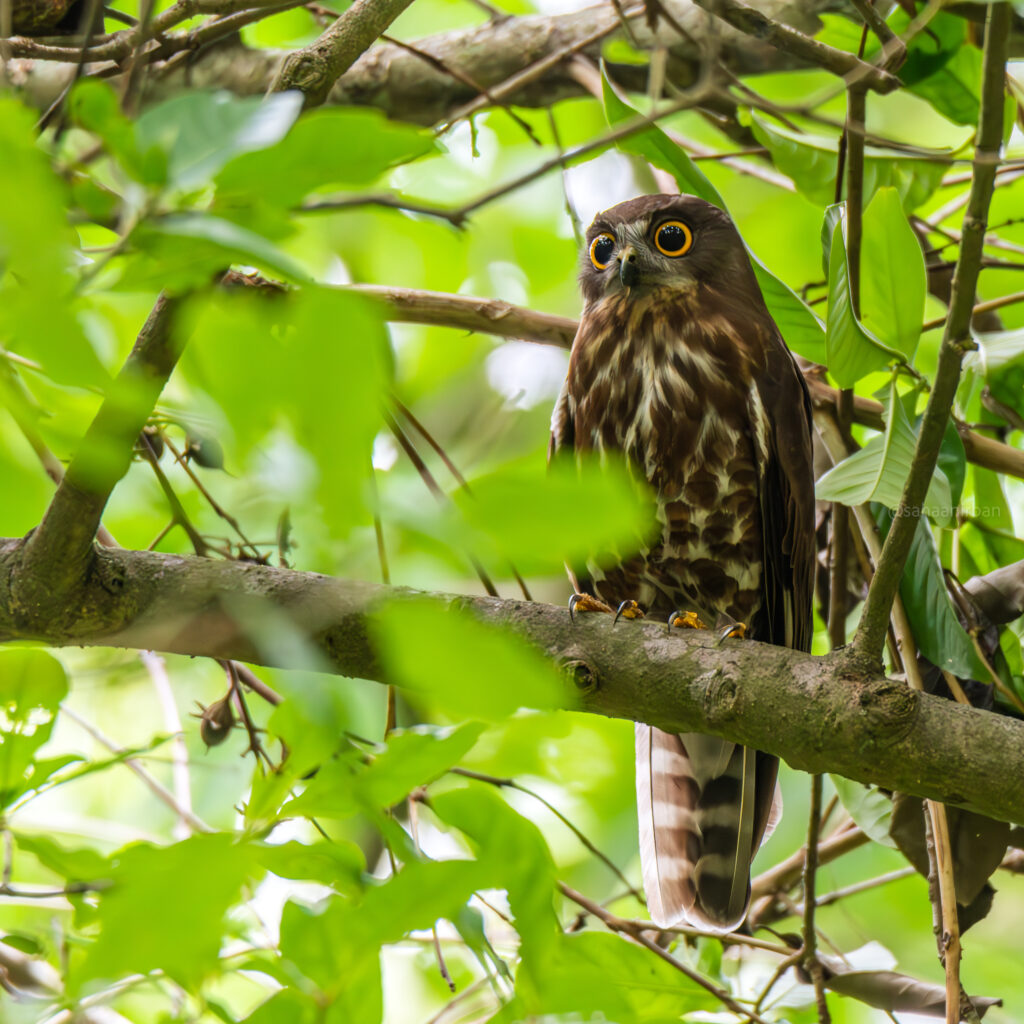
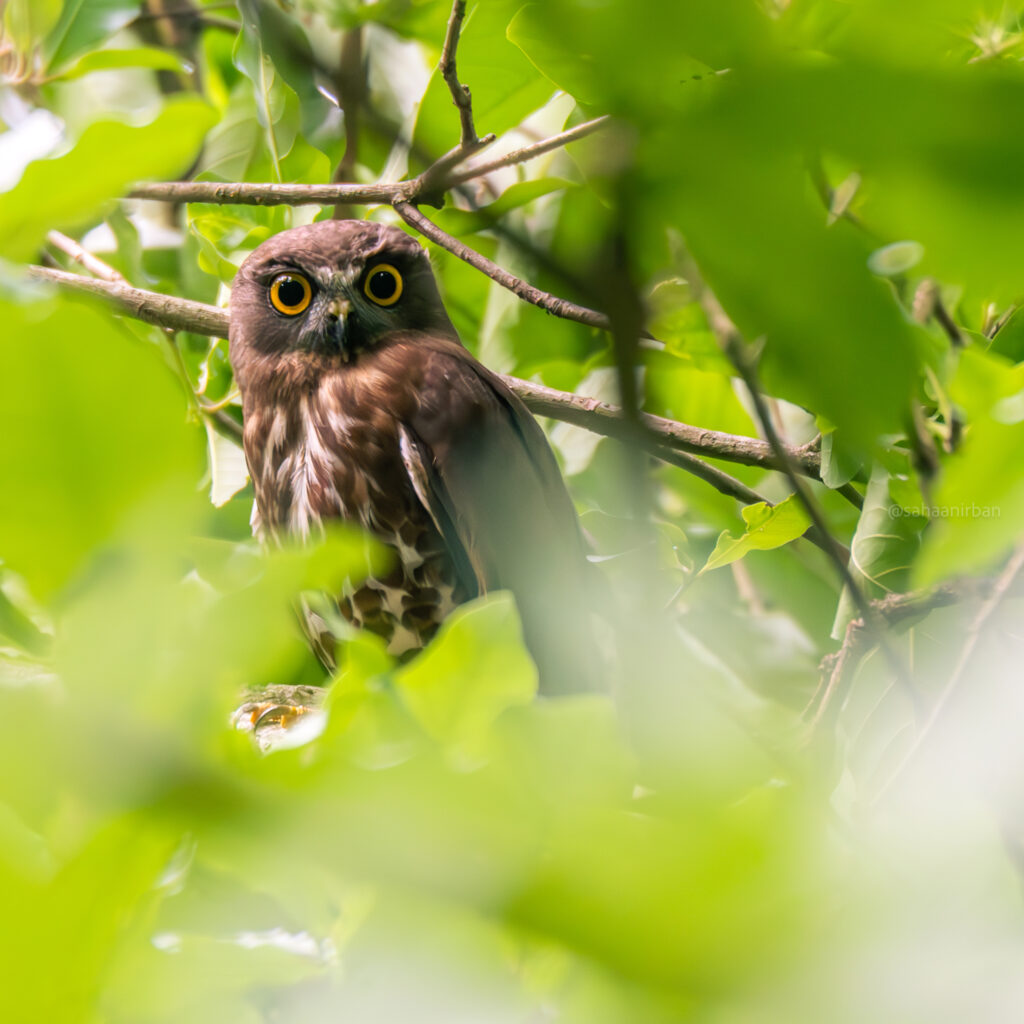
We got a couple of record shots when Suhrid called us to inform us about the Fish-eagle. Samudranil and Rohit were more interested in the Boobook and I too was. The Boobook sat down on an open branch and they got a clear shot. I got a similar shot with a leaf in front. The Drongos drove the Boobook away and we did not search for it either. We came back to Suhrid who signaled us to stop talking. The Hooded Pitta was there!
The Pitta is always faster than my reflex and my camera’s auto-focus. I had almost given up. Suhrid murmured, “There are two. They are there (and pointed in one direction) and they will go in this direction. They will cross over this log and then go straight towards the fence. You stand here and be ready”. Well, I am nothing if not an obedient student. The Pitta did exactly that. We all got some clear shots of the bird! The Hooded Pitta had twigs in its beak, so possibly collected nesting material to build their nest. For their nest, they also collect small branches, moss, leaves, and strips of bark. I also noticed the Pitta had two flies in its eye. Maybe they share a symbiotic relationship. I’ll have to find this out.
I am amazed by the patience and love shown by Suhrid! He stayed at one place for over an hour and a half tracking and understanding the path the Pitta would take! Kudos.
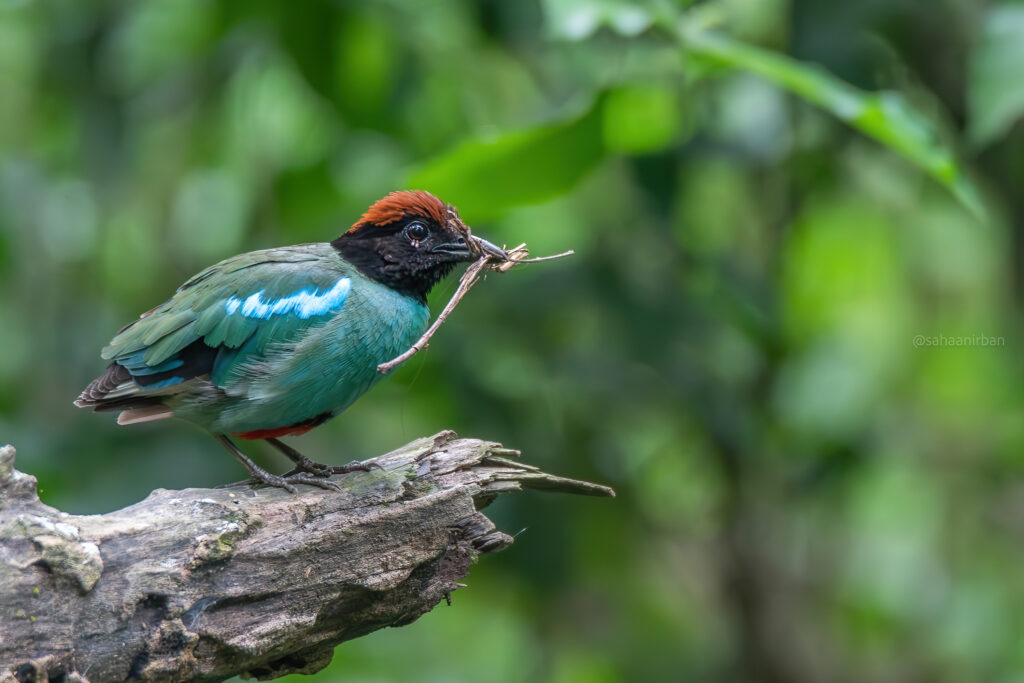
We walked back to where the car was parked and on the way, we saw the cows again and some other birds!
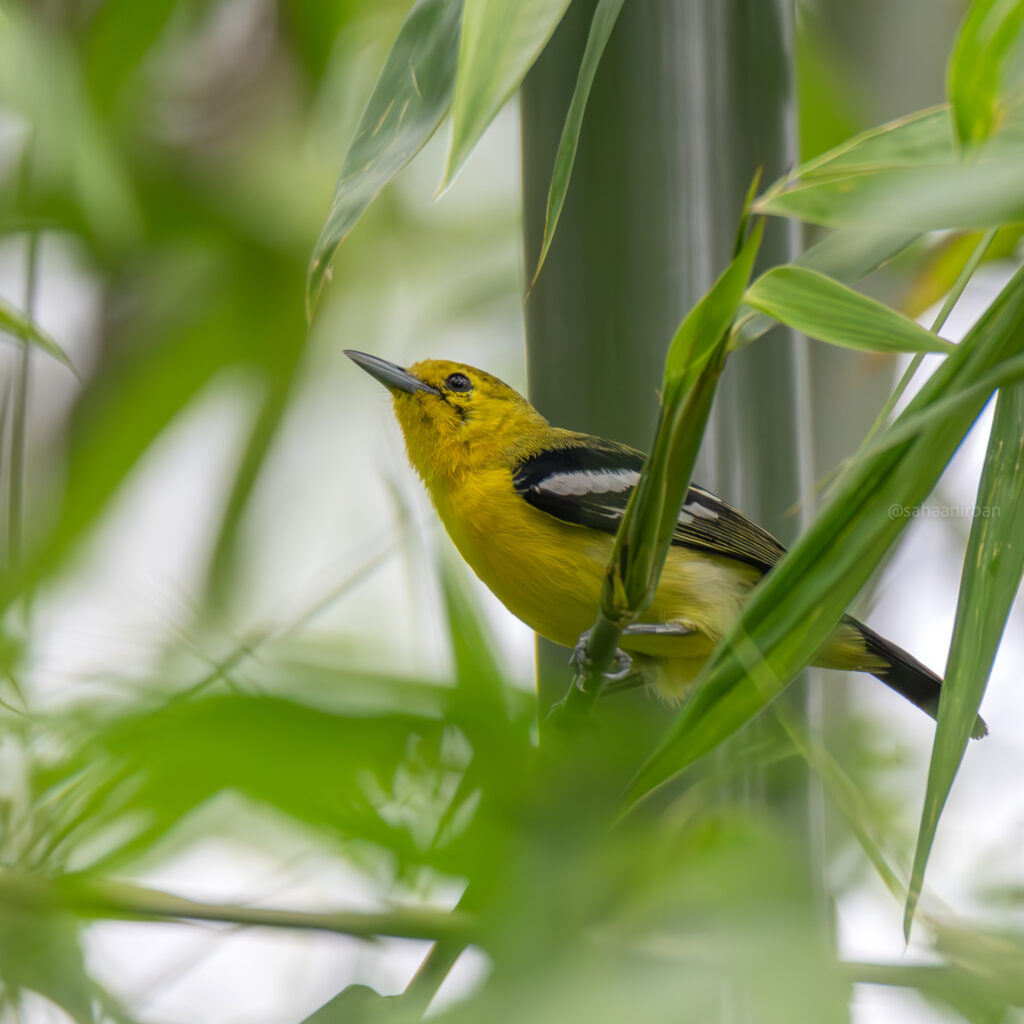
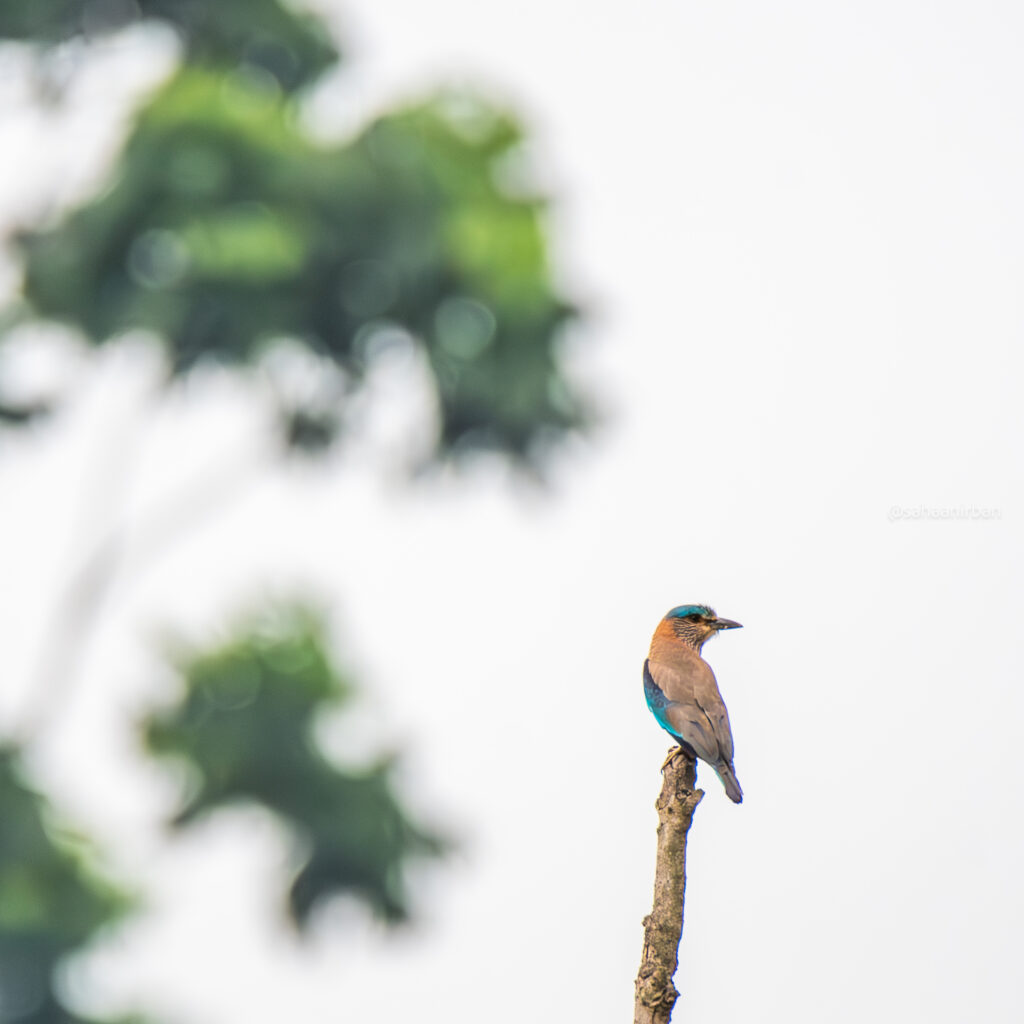
Well, we did not get the Fish-eagle but we all had content hearts! While driving back, I struck up a conversation with Suhrid when I realized that a lot of younger people who have an active interest in wildlife also study media sciences. India does not have an equivalent of BBC or NatGeo, despite its size, population, and media houses that exist through the ages. If we require a population that cares for the environment and wildlife, we have to create content that is relevant to them in a language they understand. Clearly, BBC, NatGeo, and platforms like Netflix aren’t serving the purpose. I discussed, sighed, and tried enjoying the jumpy ride back home.
